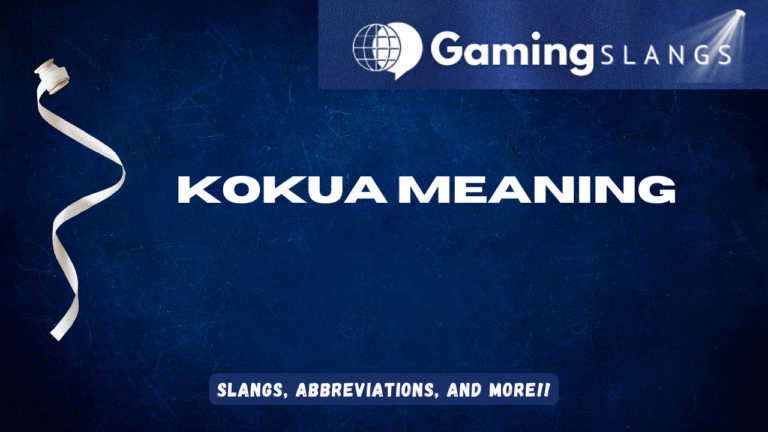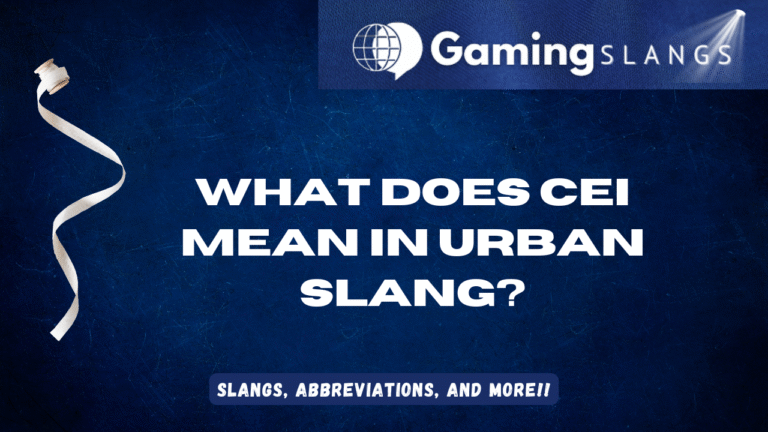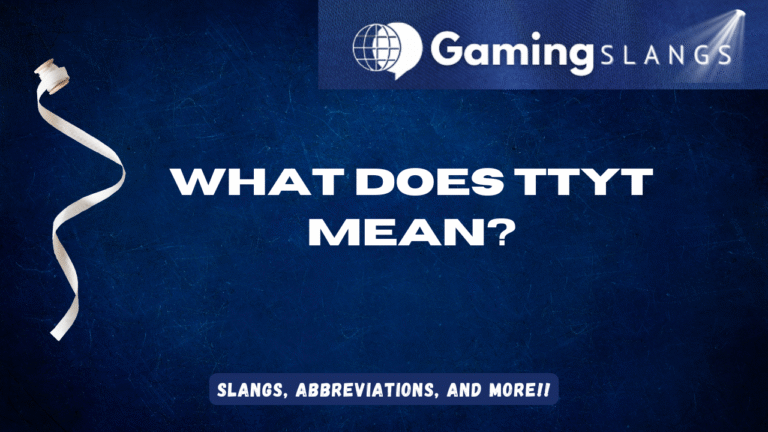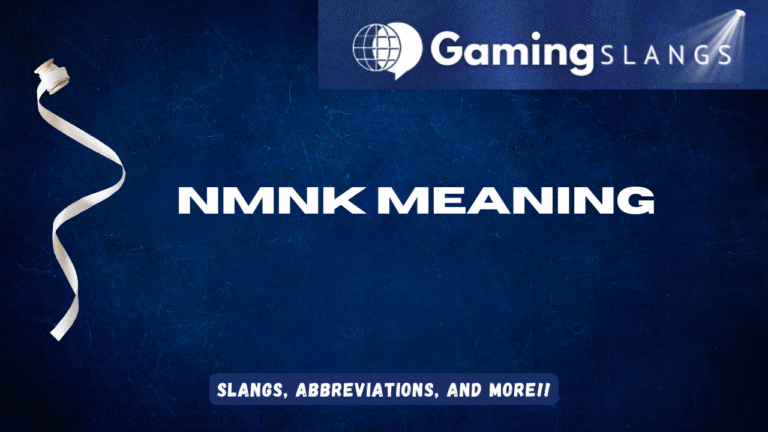A mood necklace changes color in response to the wearer’s body temperature, reflecting their emotional state. The colors have specific meanings, such as blue for calm, green for relaxed, and black for stressed. These necklaces are popular as both fashion accessories and novelty items.
Origins of Mood Necklace Color
Mood necklaces originated in the 1970s when two inventors, Josh Reynolds and Maris Ambats, created mood rings using thermotropic liquid crystals that changed color with temperature. The color meanings were marketed to correspond with emotional states, later applied to mood necklaces.
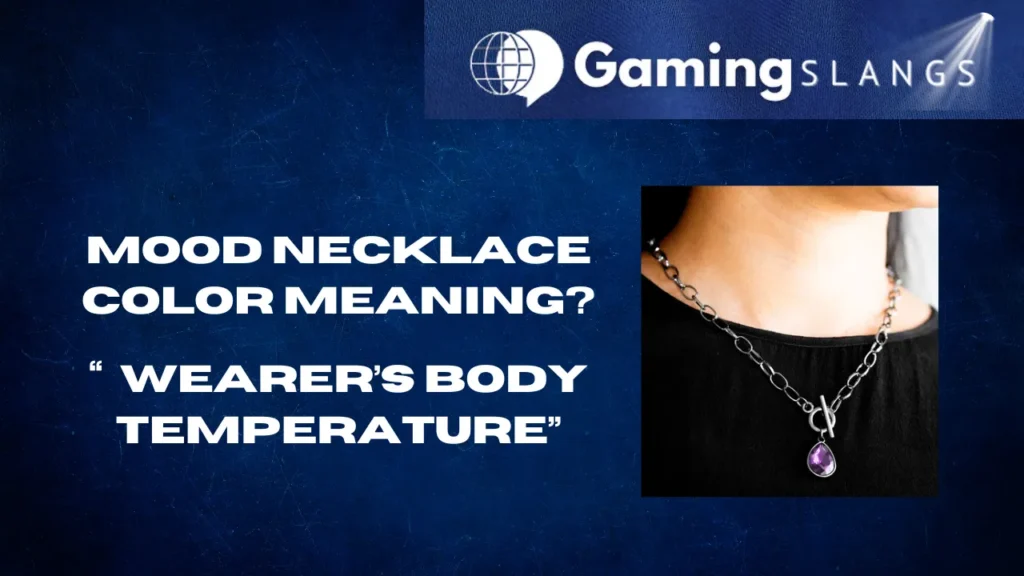
How to Use Mood Necklace Color in a Sentence?
The term is often used when discussing the colors and their corresponding emotions or when interpreting someone’s mood based on their necklace.
1. “Her mood necklace turned purple, which means she’s feeling romantic.”
• Here, the color purple is directly tied to the emotion of romance.
2. “I checked the mood necklace color meanings because mine turned black—I guess I’m stressed!”
• The speaker uses the meanings to interpret their emotional state.
3. “Mood necklace color meanings can help you figure out if someone is relaxed or anxious.”
• This sentence explains the practical use of the term.
4. “His mood necklace stayed blue all day, meaning he was calm despite the chaos.”
• The color blue reflects calmness, even in stressful surroundings.
5. “I bought a chart of mood necklace color meanings to understand what each shade represents.”
• The speaker uses the term to refer to a guide for interpreting necklace colors.
Pronunciation of Mood Necklace Color
Pronounced as mood nek-lis kuh-lur
Words Similar to Mood Necklace Color
• Mood Ring Colors: Similar jewelry that changes colors based on mood, with the same color interpretations.
• Thermochromic Jewelry: A broader term for accessories that change color with temperature.
• Aura Colors: Describes the supposed colors of a person’s energy field, often interpreted similarly to mood jewelry.
• Chakra Colors: Refers to the colors representing different energy centers in the body, sometimes linked to emotions.
• Color Psychology: The study of how colors influence feelings and behavior, which aligns with the concept of mood jewelry.


